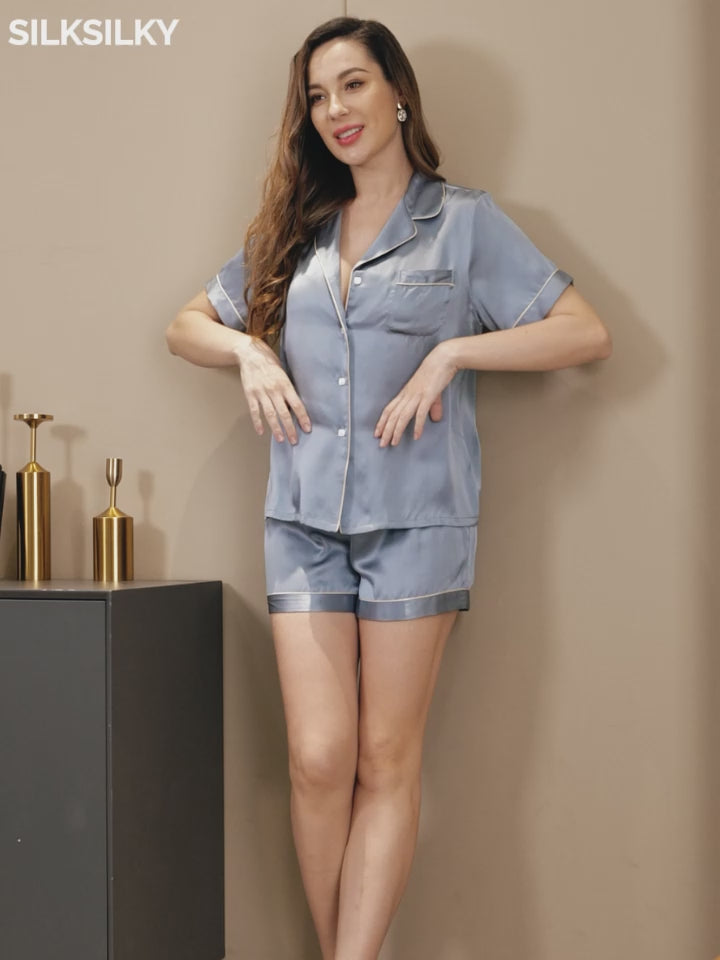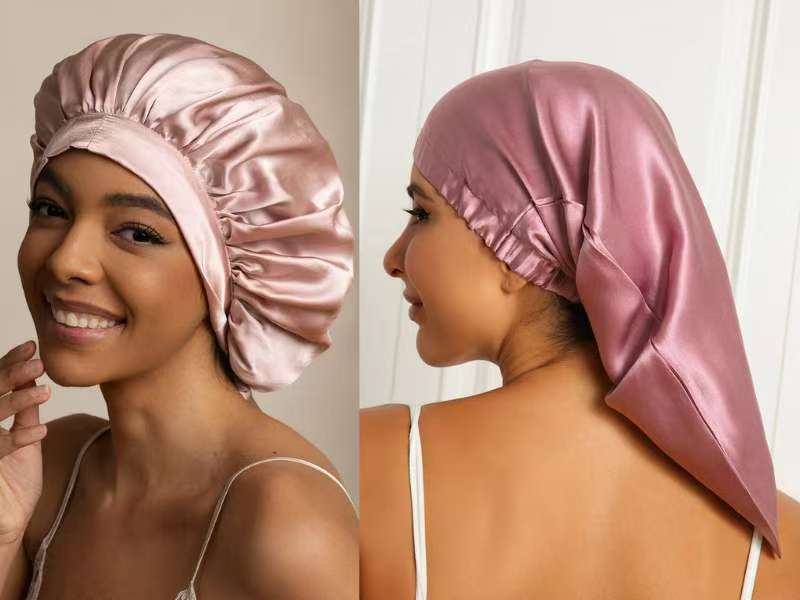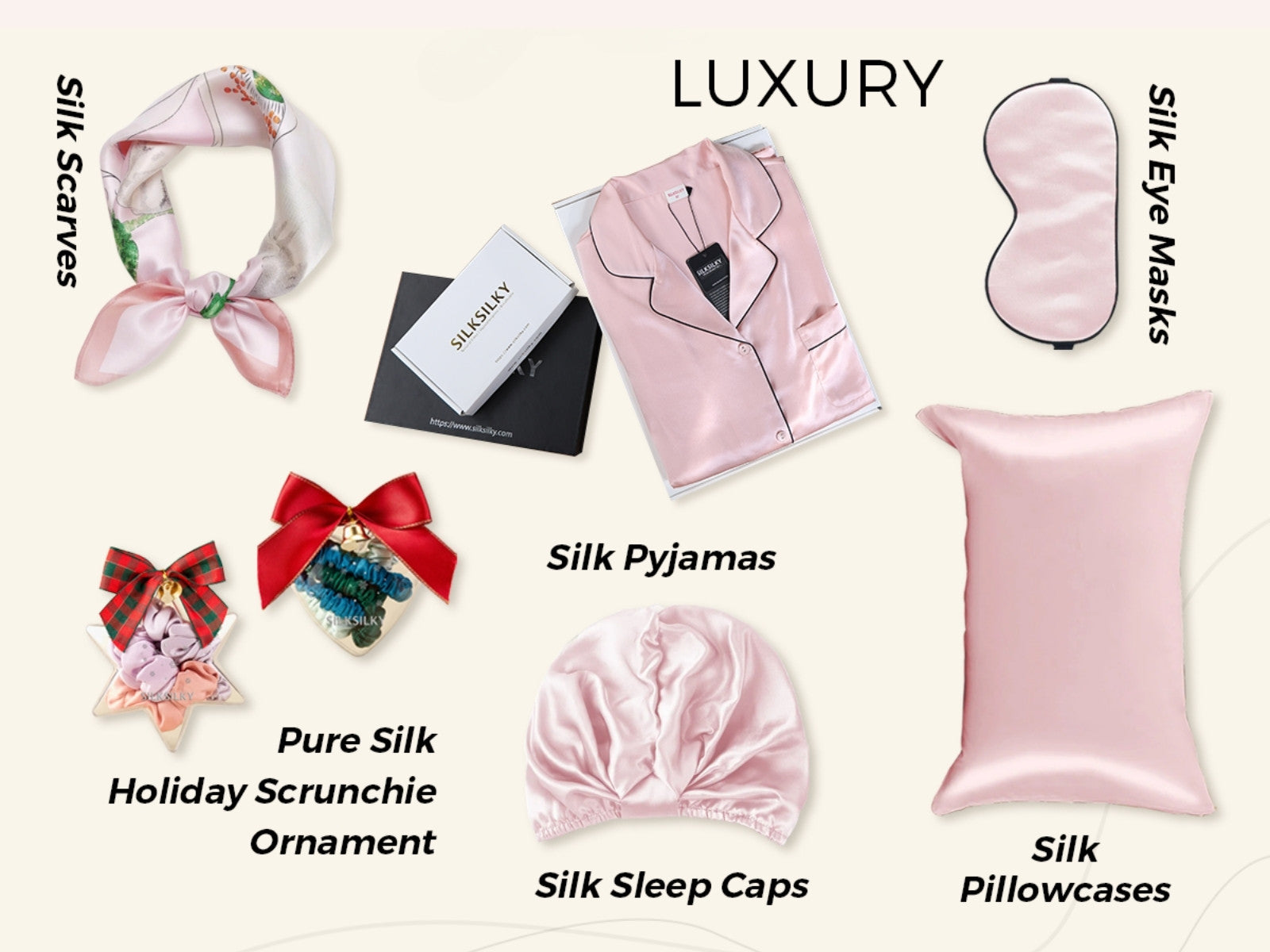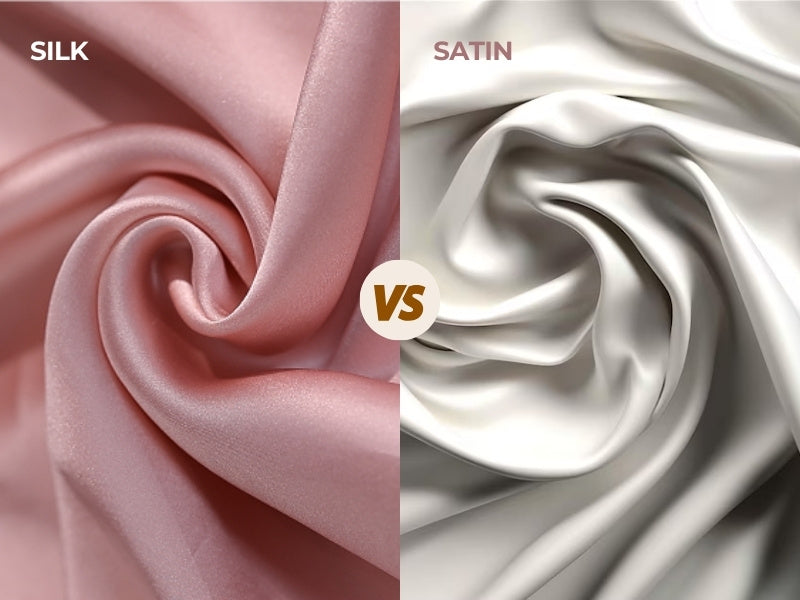Human Biocompatibility of Silk – Silk Artificial Blood Vessels
Table of Contents
- Introduction: Why Silk Fibroin Is Revolutionizing Artificial Blood Vessel Technology
- What Makes Silk Fibroin Ideal for Artificial Blood Vessels
- History of Silk Blood Vessels Development in China
- 7 Essential Requirements for Successful Artificial Blood Vessels
- Top 5 Advantages of Silk Fibroin for Vascular Grafts
- Clinical Success Rates of Silk Blood Vessels in Patients
- Breakthrough Manufacturing Techniques for Silk Vessels
- Silk vs Synthetic Blood Vessels: Which Performs Better?
- Future Innovations in Silk Blood Vessel Technology
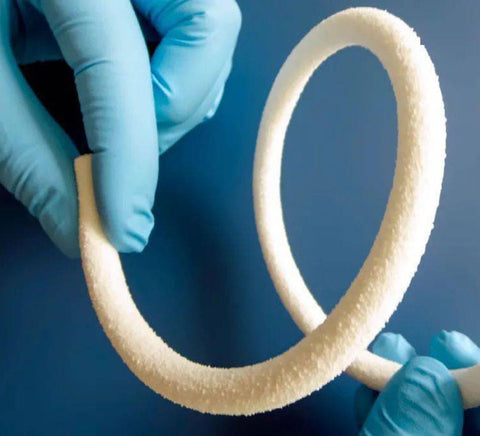
Introduction: Why Silk Fibroin Is Revolutionizing Artificial Blood Vessel Technology
Silk fibroin, derived from Bombyx mori silkworm cocoons, has emerged as a promising biomaterial for vascular applications due to its structural similarity to proteins in the human body such as keratin and collagen. This similarity grants silk exceptional biocompatibility, a unique advantage over synthetic textile fibers. The growing incidence of cardiovascular disease has increased demand for small-diameter (<6 mm) vascular grafts, where currently available synthetic options like polyethylene terephthalate (PET) and expanded polytetrafluoroethylene (ePTFE) show high failure rates due to their hydrophobicity and lack of elasticity.
What Makes Silk Fibroin Ideal for Artificial Blood Vessels
Silk fibroin is a natural protein derived from silkworm cocoons that offers exceptional biocompatibility for medical applications. Its structural similarity to human proteins like collagen makes it an ideal candidate for creating artificial blood vessels that integrate well with the human body.
History of Silk Blood Vessels Development in China
China pioneered the development of mulberry silk artificial blood vessels as early as 1957. Through continuous refinement of manufacturing processes, researchers have developed silk vessels of various calibers to address different vascular diseases, achieving impressive clinical outcomes. The successful development and clinical application of mulberry silk artificial blood vessels represents a significant Chinese contribution to vascular medicine.
7 Essential Requirements for Successful Artificial Blood Vessels
Any effective artificial blood vessel must meet several critical requirements:
- Stable physical and chemical properties
- No foreign body reaction
- No allergic or carcinogenic effects
- Sufficient strength and durability
- Resistance to disinfection
- Convenient manufacturing process
- Seamless, permeable, flexible structure with appropriate elasticity
Top 5 Advantages of Silk Fibroin for Vascular Grafts
Silk fibroin offers several distinct advantages for vascular applications:
Superior Biocompatibility
Silk thread has been used in medical and surgical operations for nearly a century without causing allergies or carcinogenesis. The neointima (new inner lining) that forms after silk vessel transplantation is only 0.3 mm thick, compared to 1 mm with polyester grafts, making silk particularly suitable for small-caliber vessel replacement.
Controllable Porosity and Mechanical Properties
Recent innovations in silk processing allow precise control over pore size and mechanical properties. By blending silk fibroin with poly(ethylene oxide) (PEO) in varying ratios and using a simple dipping technique, researchers can create microtubes with tailored porosity. Low porosity tubes (100% silk fibroin) demonstrate exceptional burst pressures (2780±876 mm Hg), significantly exceeding human saphenous veins (1680±307 mm Hg), while higher porosity formulations offer better permeability for nutrient exchange.
Cellular Barrier Function
Silk microtubes demonstrate excellent cellular barrier properties, with low porosity tubes completely preventing endothelial cell migration and higher porosity tubes allowing limited cell passage. This controlled permeability is crucial for maintaining vessel integrity while allowing necessary nutrient exchange.
Versatile Processing Methods
The dipping technique allows tubes to be formed with different diameters (from 127 μm to 6 mm) quickly and easily, compared to more complex techniques like electrospinning. This provides exceptional versatility for creating vessels of various sizes.
Controlled Degradation Rate
Silk fibroin degrades more slowly and controllably in vivo than synthetic alternatives, allowing for gradual tissue integration and remodeling while maintaining structural integrity during the healing process.
Clinical Success Rates of Silk Blood Vessels in Patients
Animal Studies
The Department of Vascular Surgery at Shanghai First Medical College conducted over 200 experimental transplantations in dogs, replacing sections of pulmonary aorta, abdominal aorta, common carotid artery, and common femoral artery with silk vessels. Follow-up examinations (ranging from 4 days to 12 years) revealed that the grafted vessels developed an intact fibrous outer wall and a thin, smooth intimal lining similar to natural blood vessels. The silk vessels integrated seamlessly with the host tissue without rejection.
Human Clinical Trials
Shanghai Zhongshan Hospital has used silk artificial blood vessels to treat 152 patients with various conditions including aneurysms, arteriosclerotic occlusive disease, polyarteritis, arteriovenous atrophy, arterial injury, and portal hypertension. The transplanted vessels ranged from 0.5 cm to 2 cm in diameter, with lengths up to 60 cm.
The clinical outcomes were impressive:
Abdominal aortic aneurysm repairs showed a 96.2% patency rate with follow-up periods ranging from 3 months to 14 years (average 53 months)
- Thoracic-abdominal aortic stenosis bypass grafts achieved a 92% patency rate with follow-up periods of over 3 years (up to 13 years and 8 months)
- Extremity aneurysm repairs maintained 70-80% patency rates with follow-up periods up to 18 years
Breakthrough Manufacturing Techniques for Silk Vessels
Recent processing methods have enabled the manufacture of silk microtubes with precisely controlled inner diameter, porosity, mechanical strength, and diffusivity. These properties can be verified through SEM imaging, mechanical testing, enzymatic degradation analysis, and protein diffusion measurements.
A key innovation is the dipping technique that allows tubes to be formed with different diameters (from 127 μm to 6 mm) quickly and easily, compared to more complex techniques like electrospinning. This versatility positions silk microtubes as a powerful approach for creating microvascular grafts for various applications.
Silk vs Synthetic Blood Vessels: Which Performs Better?
| Characteristics | Synthetic Materials (Nylon/Polyester) | Silk Fibroin |
|---|---|---|
| Degradation Rate | Rapid degradation: nylon fiber vessels lose 80% strength after 6 months, 95% after 2 years | Slow and controllable degradation, maintaining structural integrity |
| Tissue Integration | Limited integration capability, potential for rejection | Supports gradual tissue integration and remodeling |
| Mechanical Properties | Less compliance with native vessel tissue | Can mimic mechanical properties of native arteries |
| Long-term Performance | Significant strength loss over time | Maintains sufficient strength for vascular applications |
While synthetic materials like nylon and polyester are widely used for vascular grafts, they show significant degradation over time. Animal studies have demonstrated that nylon fiber vessels lose 80% of their strength after 6 months and 95% after 2 years.
In contrast, silk fibroin degrades more slowly and controllably in vivo, allowing for gradual tissue integration and remodeling. When properly processed, silk can mimic the mechanical properties of native arteries while maintaining sufficient strength for vascular applications.
Future Innovations in Silk Blood Vessel Technology
Future work will focus on improving manufacturing processes through automation, establishing procedures for more uniform and reproducible microtube formation, and exploring functionalization strategies to enhance endothelialization and long-term patency. The ability to control properties such as porosity, mechanical strength, and cell migration, combined with the relative ease of manufacture, makes silk fibroin microtubes an attractive option for vascular applications.
The potential to functionalize silk vessels via attachment of bioactive molecules (such as RGD-peptides) offers exciting possibilities for controlling luminal endothelialization, a critical factor for improving patency rates in clinical applications.
![[Light Blue] SilkSilky Pure Silk Notch Collar Women's Pajamas 001,](http://silksilky.com/cdn/shop/files/ab83afb9301666ee2f174a8ae72ffda4_4e9bb488-7880-40fe-9e69-f0fd823857c5.jpg?v=1764653199&width=1200)
![[Light Blue] SilkSilky Pure Silk Notch Collar Women's Pajamas 002,](http://silksilky.com/cdn/shop/files/db8dbeee5354fe3b631b963715847ffe.jpg?v=1764653202&width=1200)
![[Dark Red] SilkSilky Pure Silk Notch Collar Women's Pajamas 001,](http://silksilky.com/cdn/shop/files/599ed0811e1a5fcfa55bdc80a0279704_2643c850-a793-4475-a52b-7fef1bbd7e36.jpg?v=1762233837&width=1200)
![[Dark Red] SilkSilky Pure Silk Notch Collar Women's Pajamas 002,](http://silksilky.com/cdn/shop/files/9e022d4dd4f99aed4af8da3f58fcfd5b_efb9bafe-3d71-4283-9b81-e339ff08f352.jpg?v=1762233837&width=1200)
![[White] SilkSilky Pure Silk V Neck Nightgown 001,](http://silksilky.com/cdn/shop/files/a8ae95260a57844b1e2e00c4fcfabdcc_b922b270-af10-4e96-9493-0d877bd663db.jpg?v=1764140639&width=1200)
![[White] SilkSilky Pure Silk V Neck Nightgown 002,](http://silksilky.com/cdn/shop/files/24ac506750f8c38c51bb5b6d0ee15287.jpg?v=1764140639&width=1200)
![[Pink] SilkSilky Pure Silk Sleep Cap 001,](http://silksilky.com/cdn/shop/files/SilkSilky_Pure_Silk_Sleep_Cap_Pink_001_C-250529006.jpg?v=1762221980&width=1200)
![[Pink] SilkSilky Pure Silk Sleep Cap 002,](http://silksilky.com/cdn/shop/files/SilkSilky_Pure_Silk_Sleep_Cap_Pink_002_C-250529006.jpg?v=1762221980&width=1200)
![[Steel Blue] SilkSilky Pure Silk Notch Collar Women's Pajamas 001,](http://silksilky.com/cdn/shop/files/05b358f92fb5d252122b00d69a2fcfc5_88211a42-88c4-4448-8cb3-5f18529bfef8.jpg?v=1762237226&width=1200)
